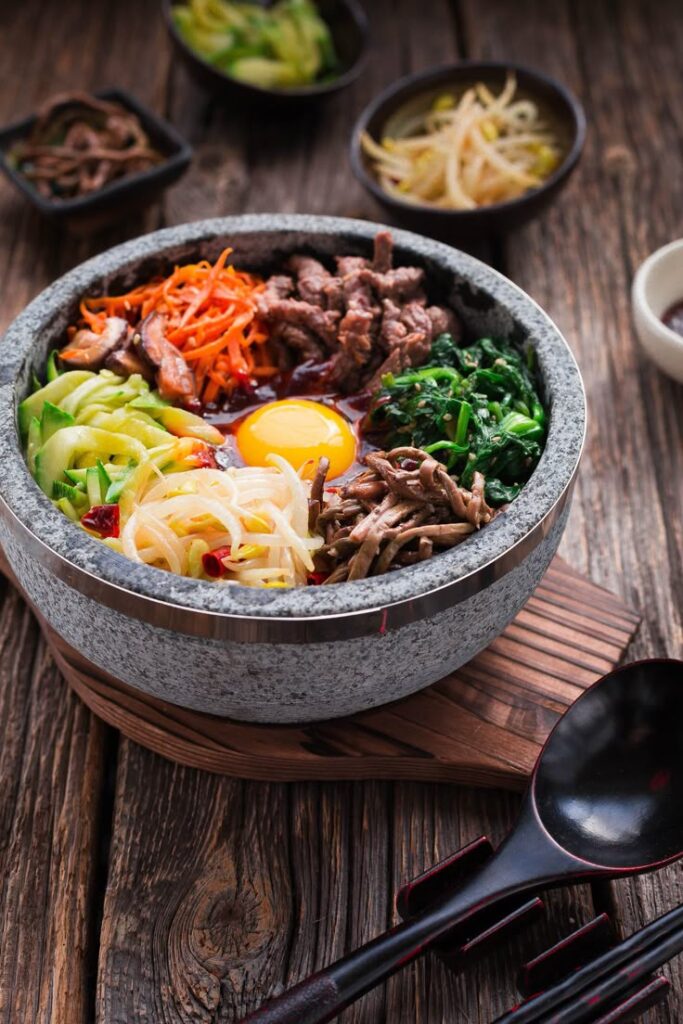Introduction:
Say Hangul is a platform designed to help people around the world learn Korean and understand Korean culture. The first piece of content on this site is “How to Start Learning Korean: A Beginner’s Guide”. This guide provides essential information for beginners, helping them take the first steps in their journey to learn Korean. The goal of this content is to make sure learners are well-equipped to start their Korean learning journey in the most efficient and enjoyable way possible.
1. Start with Hangul (한글)
The first step in learning Korean is understanding Hangul, the Korean alphabet. Hangul is one of the most logical and easy-to-learn writing systems in the world. Unlike languages like Chinese or Japanese, Hangul is phonetic, meaning once you learn the characters, you can easily pronounce words.
- Consonants and Vowels: Hangul consists of 14 consonants and 10 vowels. Once you understand how to combine these consonants and vowels, you’ll be able to form syllables and words in Korean.
- Pronunciation Practice: After learning Hangul, practicing pronunciation is crucial. Proper pronunciation is key to being understood and speaking naturally in Korean.
2. Learn Basic Grammar and Phrases
Korean grammar is quite different from English. The basic sentence structure in Korean is Subject + Object + Verb (SOV), which is a shift from English’s SVO (Subject + Verb + Object) structure. Understanding this pattern will help you start constructing sentences.
- Basic Grammar: The first thing to focus on is word order, and also learning particles such as 이/가 and 은/는 that are used to mark subjects and topics.
- Useful Phrases: Learning basic phrases like “Hello (안녕하세요)”, “Thank you (감사합니다)”, and “Sorry (죄송합니다)” will help you navigate everyday conversations in Korean.
3. Useful Resources for Learning Korean
There are plenty of apps and websites that can assist you in learning Korean. These tools can make the process more structured and efficient.
- Korean Learning Apps: Apps like Duolingo, LingoDeer, and Memrise can help you learn Korean from the basics to advanced levels.
- Online Resources: Websites like Talk To Me In Korean and How To Study Korean offer free lessons on vocabulary, grammar, and sentence structure.

4. Practice Listening and Speaking
Listening and speaking are critical components of learning Korean. It’s essential to practice both to achieve fluency and improve pronunciation.
- Watch K-Dramas and Listen to K-Pop: Watching K-dramas and listening to K-pop are excellent ways to expose yourself to authentic Korean language use. You’ll get familiar with pronunciation and expressions used in real-life conversations.
- Language Exchange: Use language exchange apps like HelloTalk or Tandem to practice speaking with native Korean speakers.
5. Building Your Vocabulary with Flashcards
To make steady progress, it’s essential to build your vocabulary. The more words you know, the more confident you’ll feel speaking and writing in Korean. Flashcards can be a great tool for memorizing vocabulary.
- Flashcard Apps: Apps like Anki, Quizlet, and Memrise allow you to create digital flashcards and review them regularly.
- Learn Vocabulary by Themes: Start by learning words related to common themes like food, travel, and daily activities.
- Consistency: Make it a habit to learn a few new words each day.

6. Learning Korean Culture Alongside the Language
Learning Korean isn’t just about mastering the language – it’s also about understanding the culture behind it. When you study Korean culture, it helps deepen your understanding of the language and makes the learning process more engaging.
- Korean Food and Traditions: Learn about traditional Korean food such as Kimchi, Bibimbap, and Tteok (rice cakes). Understanding Korean customs like Seollal (Lunar New Year) and Chuseok (Korean Harvest Festival) will give you deeper insights into the culture.
- K-Pop and K-Drama: Dive into K-pop and K-drama to see how language is used in entertainment. This will not only improve your listening skills but also give you a deeper connection to the culture.
7. Consistency is Key
The most important part of learning Korean is consistency. It’s better to study a little bit each day rather than cramming all at once. Set achievable goals to stay motivated and make continuous progress.
- Set Goals: Start with short-term goals like learning 20 new words in a week or finishing a beginner-level textbook. For long-term goals, you might aim to hold a basic conversation in Korean or watch an entire K-drama episode without subtitles.
Conclusion:
Say Hangul is dedicated to helping everyone who wants to learn Korean. “How to Start Learning Korean: A Beginner’s Guide” is designed to help beginners take their first steps in learning Korean. From learning Hangul to mastering essential grammar and phrases, this guide provides a solid foundation. As you continue your journey, we will continue to offer valuable content that helps you stay motivated and progress in your learning.
Our mission is not only to teach the language but to help learners understand and enjoy Korean culture along the way. Whether you’re interested in K-pop, K-drama, or Korean food, Say Hangul is your guide to learning both the language and the culture.




